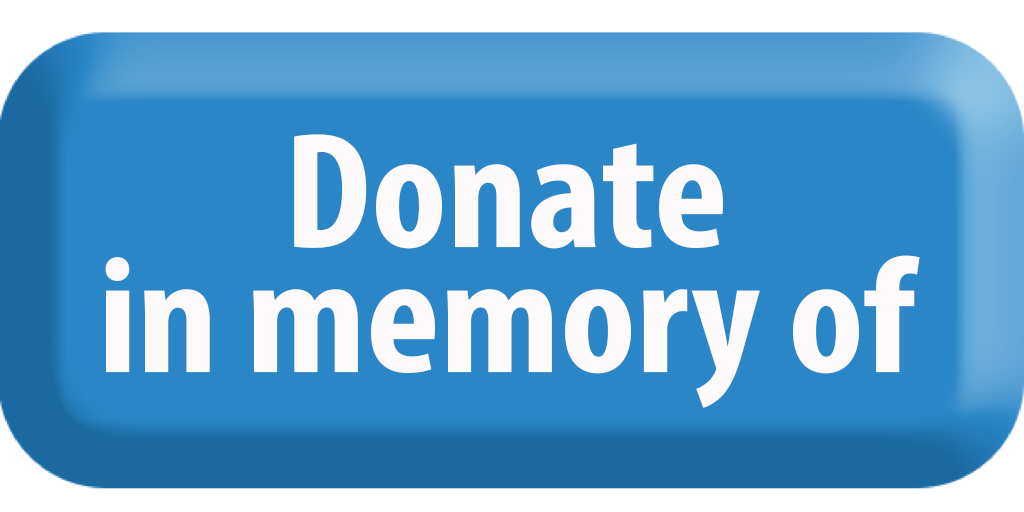Dear Hope Nation,
[Attention deficit disorder is, no doubt, a serious condition. Having lived 62 years without ever being sure what my last thought was or where my next one will take me, I have little doubt I am one of its afflictees. Regular readers have no doubt noticed my “fluidly abrupt transitions,” in the words of one of my many critics. Still, when I sat down to write this, I had a goal to achieve, a subject to consider. By the time I needed to hand this in, 900 words later, I hadn’t quite come to a topic sentence. Please forgive me. I may get there in tomorrow’s letter, but there are no guarantees.]
Confession 1: I don’t like a lot of New Age stuff. When I’m in Sedona, one of my favorite places on this planet, I choke with rage-filled laughter when people speak of “energy vortexes,” the power of crystals or the significance of one’s birthday—not because of gift-giving considerations but for horoscopic ones. Likewise, I don’t much care for folks who think uttering the phrase “quantum theory,” about which they know very little, to explain auras or astral projection, about which they talk incessantly. Without wanting to sound harsh, the quanta, that indivisible energy packet, has led to billions of bushels of bushwa, much of it peddled by folks who believe time travel is a fact hushed up by the government.
Confession 2: Although I love to paint, it’s the verb that draws me, not the -ing form of the noun that comes at the end for most people. Like a four year old with dad’s abandoned dress shirt buttoned down his back, I just like moving paint around on the canvas. I find spreading colors around relaxing, while the dried product—at least those at the end of my meditations—are never that way. Sometimes I like the blend of shades and shapes, but I’ve never made a painting that looks like anything found in our universe. While da Vinci may have said, “Art is never completed, only abandoned,” my paintings are neither. After all, why not add more to a picture of nothing? And, speaking of adding more to a picture of nothing, I found the following undated journal entry:
I am a terrible craftsman/draftsman with an artistic soul, or so I like to tell myself. The first phrase of that last sentence is undoubtedly true: I am unable to reproduce reality using pen, paintbrush, pencil or crayon. Unless I take as validation comments like, “That reminds me of a mountain range” or “That makes me think of a beach” or “That’s kind of like a dog, if dogs had five legs,” nothing I’ve ever created with my hands has ever looked like the object by which it was inspired.

My second-grade teacher was the sainted Charlotte Fullam. Her beatification brought with it the ability to listen to me without bursting into either guffaws or tears. She had to keep a straight face when I confessed to her my shyness—after standing on my chair and calling out for the class’s attention. Still, I thought I was shy. Mrs. Fullam didn’t snicker when I said I thought my voice was too soft—after she’d spent a morning competing with a little Keith who hoped to fill all available silence with words, words, words. Still, I believed my voice was a whisper. Charlotte Fullam didn’t laugh out loud when I spoke told her I was afraid I was forgettable and would be forgotten—when she probably wanted to forget me but couldn’t. She didn’t break a smile or offer me a large cup of reality.
Instead, she suggested I start a class paper.
That is a saint.
The class paper, designed I’m sure to distract me from being a distraction, would record the events of Jonas and Ginger and Janet and all the other kids in the class, which meant I might need to listen to my fellow students instead of pleading for their attention. It was a great ploy on her part.
Mrs. Fullam suggested I have a picture of myself on the masthead, which I’m sure appealed to my vanity. Remember, this is in the days before computers, before easy access to copying machines, when purplish alcohol-smelling dittoes were the only schoolwide form of reproduction. (In this context, that last phrase is completely innocent since what Freud would call my “latency phase” lasted most of second grade. In first grade, I discovered how good lying on my bed on my belly pretending to be Superman felt; in third grade, I started fantasizing about kissing girls in my class and rolling downhill with them. In second grade, though, I was an earnest if ill-behaved young man.) Since ditto technology didn’t allow second chances, I took the safest route with my editorial self-portrait—I drew a worm with two dots for eyes and a shy smile. It was the best I could do and I was much more interested in generating copy than in drawing myself.
My self-portrait, though, somehow became a source of amusement to my classmates. it was nothing like my classroom presentation, where I produced and commanded chaos . . .
As mentioned 900 words ago, there is no topic sentence, no guiding principal, no GD subject to this letter. It is not completed, only abandoned.
You matter. I matter. We matter.
Keith



